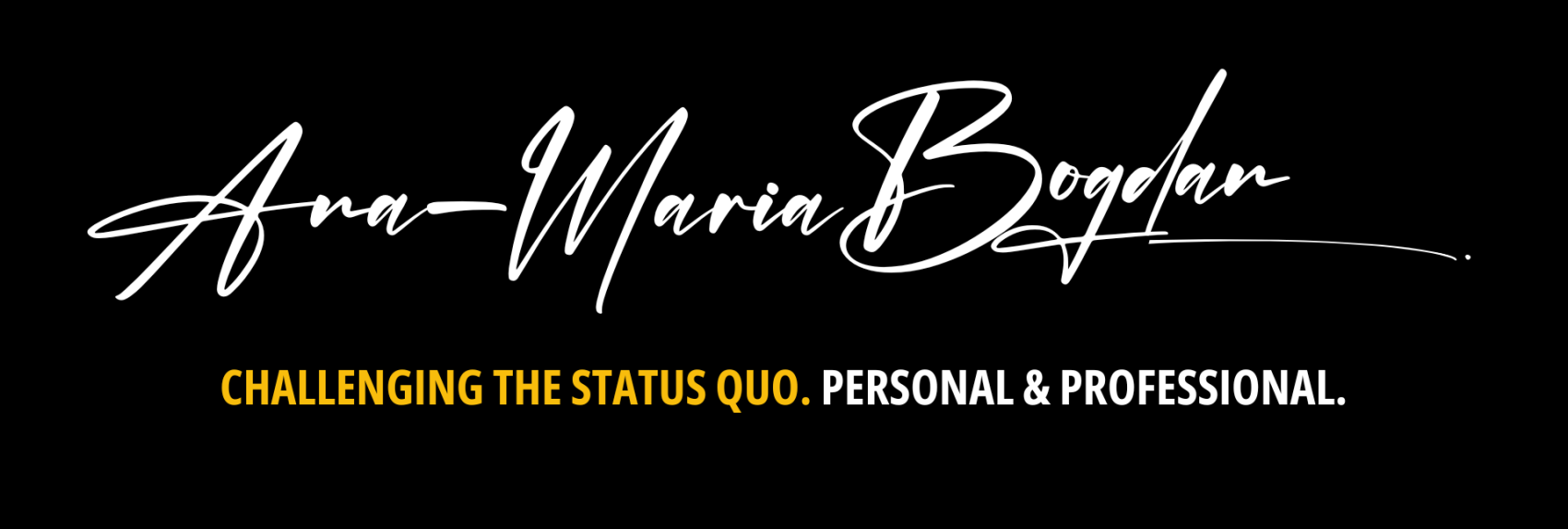Way long before Yves Saint Laurent, Tom Ford, Dior, Tory Burch and other famous designers discover the beauty of the Romanian folk costume, there was an extraordinary woman who loved …
Tag:
folk costume
-
-
June 24 has a special significance for both Romanians and all those who appreciate the beauty and meaning of the traditional folk costume. Every year, on June 24, we celebrate …
-
June 24 of each year is the day when The International Day of IA is celebrated all over the globe. This story is about Iulia Gorneanu’s exquisite vintage Romanian IA collection.
-
This is a love story about my relatives who love La Blouse Roumaine aka the traditional IA. They loved it so much they wore these traditional costumes on their wedding …


